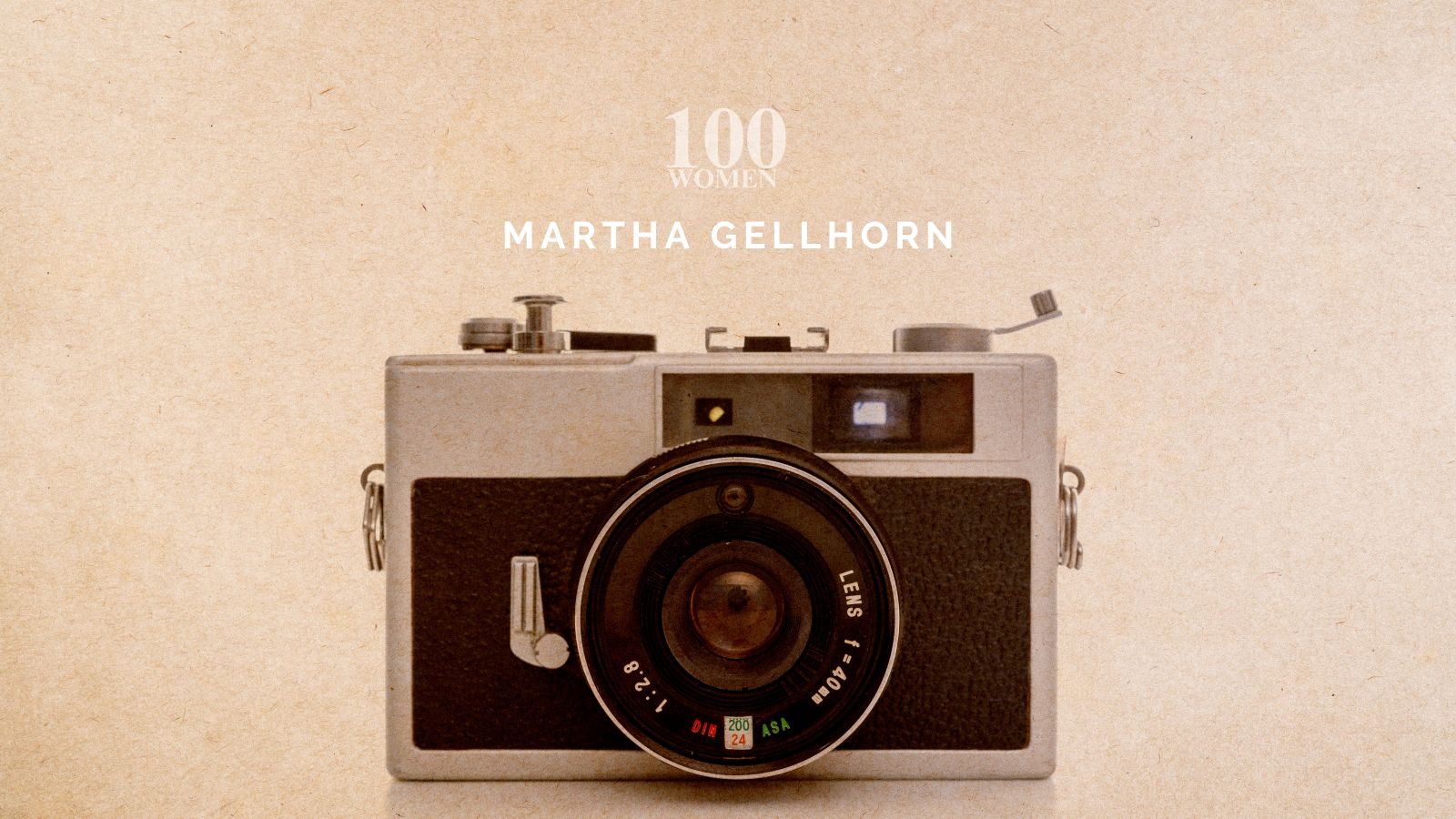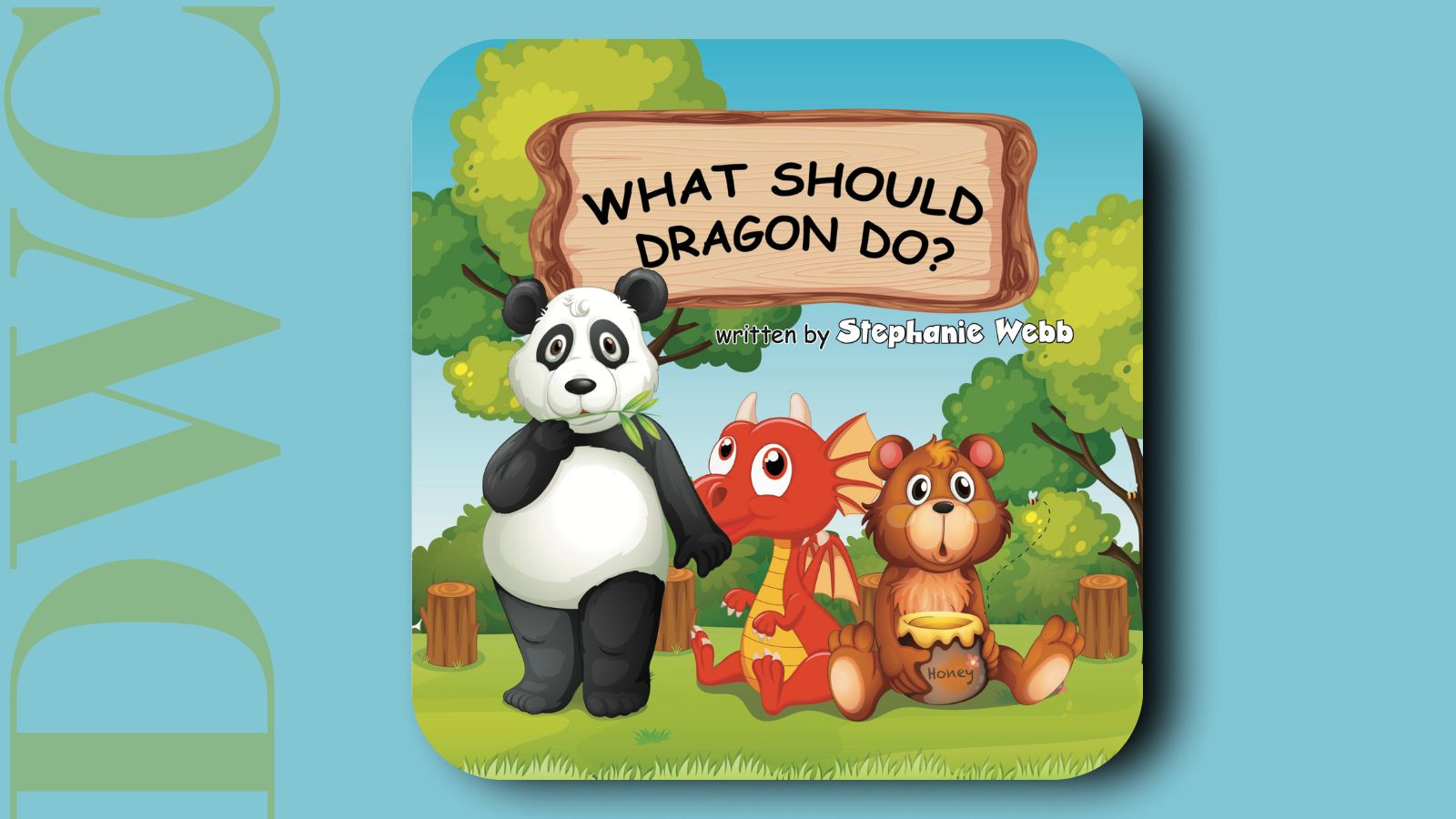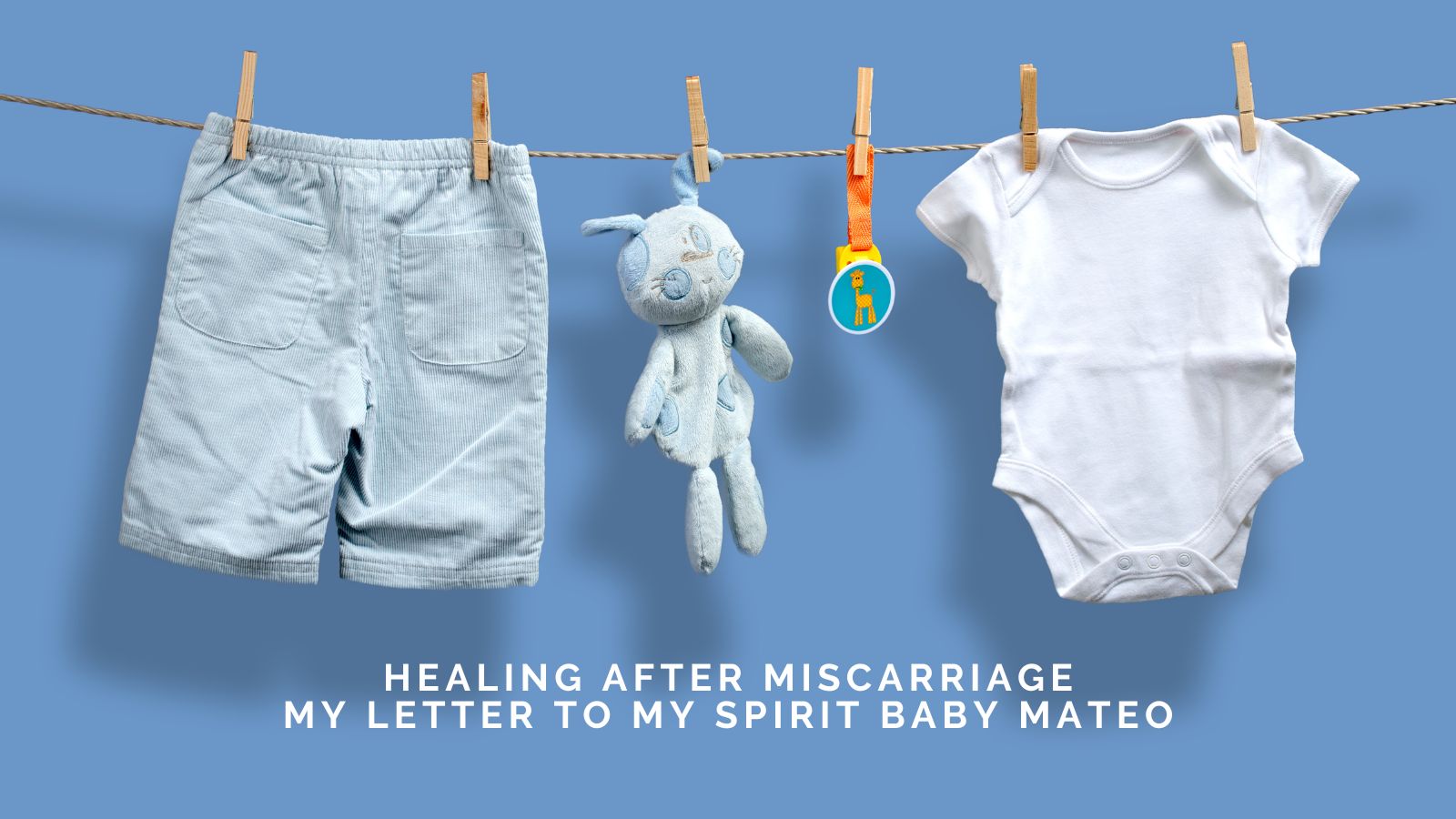
Martha Gellhorn never liked being remembered as Ernest Hemingway’s third wife. To her, that label was an injustice, an erasure of a life lived with courage, pen in hand, on the frontlines of history. She was not a footnote. She was one of the greatest war correspondents of the 20th century, a novelist, an activist, and a woman who refused to be told where she could or could not stand.
Born in 1908 in St. Louis, Missouri, Martha was the daughter of Edna Fischel Gellhorn, a suffragist who marched for women’s right to vote. That influence never left her. Martha grew up believing that women’s voices deserved to be heard, loudly and without apology.
After a brief stint at Bryn Mawr College, she left in search of the world. She began her career as a reporter for the United Press, but it wasn’t until the 1930s, when she worked with the Federal Emergency Relief Administration, that she found her calling. Documenting the devastating effects of the Great Depression, she wrote with empathy for the poor and forgotten, giving them dignity on the page when the world had turned its back.
The Spanish Civil War was Martha’s crucible. Travelling to Spain in 1937, she reported for Collier’s Weekly. Her dispatches were vivid, unsentimental, and often heart-breaking. While many correspondents wrote about strategies and troop movements, Gellhorn wrote about mothers, children, and the everyday lives shattered by bombs.
From there, she became unstoppable. She covered the rise of fascism in Europe, the Second World War, the Vietnam War, the Six-Day War, and later, conflicts in Central America and the Middle East. She reported on D-Day by stowing away on a hospital ship—defying the U.S. military’s attempts to keep women off the front. She landed on Normandy Beach alongside the troops and later walked into Dachau concentration camp, one of the first journalists to witness its liberation. She carried those sights with her for the rest of her life.
It was in Spain that she met Ernest Hemingway. They married in 1940, but theirs was never a quiet domestic partnership. Both were larger-than-life figures, both fiercely ambitious. Yet Hemingway, used to women orbiting his star, bristled at Gellhorn’s independence. He wanted a wife who stayed home in Cuba while he wrote; she wanted to be wherever history was breaking.
The marriage fell apart in 1945, partly because Gellhorn refused to give up her career to fit into Hemingway’s world. She once said, “Why should I be a footnote in someone else’s life?” Her decision to leave was an act of courage in itself: choosing her own voice over the safety of being “Mrs. Hemingway.”
Gellhorn was not only a reporter; she was an activist. She fought for refugee rights, spoke out against U.S. involvement in Vietnam, and continually turned her pen towards injustice. Whether she was exposing poverty during the Depression, describing the suffering of civilians in Spain, or writing about the plight of Jewish refugees during the Second World War, her activism bled into her work.
She also adopted a son, George, from Italy after the war—a personal act of compassion that mirrored the way she mothered the world through her reporting.
Remarkably, Gellhorn never slowed down. In her seventies, she travelled to El Salvador to report on its civil war. At 81, she covered the U.S. invasion of Panama. Her eyesight was failing, her body was weary, but her spirit was still fierce.
By the 1990s, cancer and blindness began to rob her of her independence. For a woman who had lived by her wits and freedom, this was unbearable. In 1998, at the age of 89, she chose to end her life.
Martha Gellhorn left behind more than dispatches. She left a model of what it meant to be a journalist with integrity: never writing to please power, never looking away from human suffering, and never allowing her gender to silence her.
Her collected work, The Face of War, remains a tribute to the people whose lives are torn apart by conflict and to the journalist who risked her own to tell their stories.
She is remembered as one of the few correspondents who truly saw war not just through the eyes of generals, but through the eyes of civilians, especially women and children. For Gellhorn, history was not made in battle plans but in broken homes, refugee camps, and bombed-out streets.
In the end, Martha Gellhorn was right. She was not a footnote. She was the headline.





-2.jpg)




